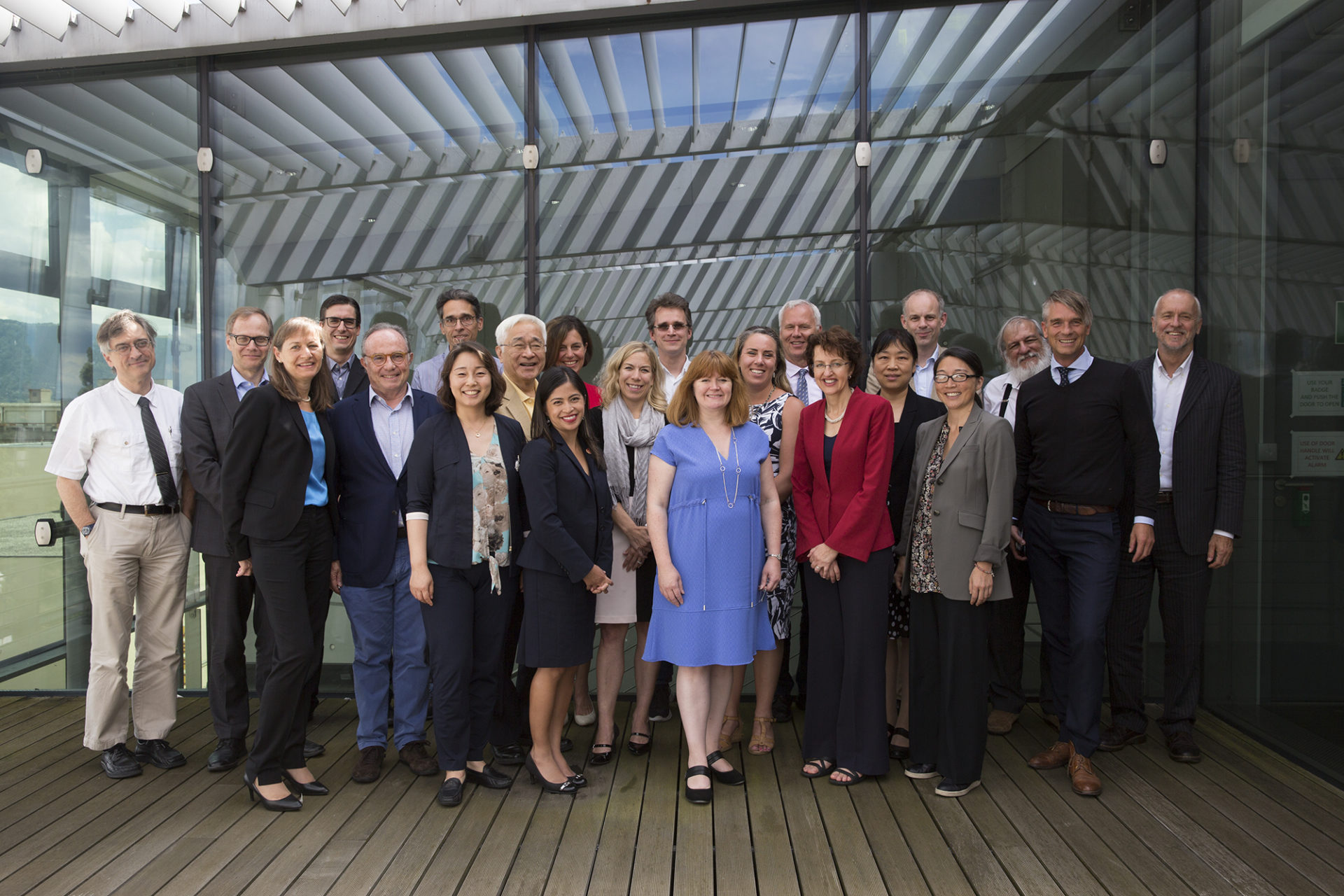
Physiology News Magazine
The Human Brain Project – building the basis for collaborative brain science
News and Views
The Human Brain Project – building the basis for collaborative brain science
News and Views
Katrin Amunts, HBP Scientific Director, Forschungszentrum Juelich GmbH, INM-1, Germany
C&O, Vogt Institute for Brain Research, University Hospital Duesseldorf, HHU, Duesseldorf, Germany
https://doi.org/10.36866/pn.112.10

The brain is the most complex organ we know of – and as scientists worldwide work to understand its organisation and dynamics, it becomes more and more apparent that much tighter international and interdisciplinary collaboration will be needed to tame this complexity. Neuroscientists throughout the world generate an enormous wealth of experimental data and models to understand specific aspects of brain function and dysfunction, but if we want to gain a comprehensive picture, it will be necessary to better link all this knowledge across scales and disciplines.
In the European Human Brain Project (HBP), more than 500 researchers from neuroscience and computing are working together to build up a digital research infrastructure for this endeavour. For this, we systematically link neurosciences, brain medicine, computing and information technology research. On our six online accessible platforms that we first opened to the public in 2016, scientists have access to innovative approaches in, for example, neuroinformatics, simulation, high-performance analytics and computing, neuromorphic computing, neurorobotics or medical informatics, including a set of brain models, large curated databases andatlas systems. Currently, we are working to unify them into a single Joint Platform, and are in the process of establishing a dedicated support team for external users. We hope that this infrastructure will drive the development to shape a community science approach for brain investigation, with routine data sharing and re-analysis – as is already common in fields like genetics and astrophysics, much to the profit of these disciplines.
Of course, the HBP itself represents an exercise in collaborative research which poses many challenges – both from the spread-out nature of the consortium, which spans 117 institutions in 19 EU member states, and from the high degree of interdisciplinarity. Many of our solutions in day-to-day work are facilitated by embracing the means of digitalisation: we coordinate via the HBP Collaboratory, which is the central web- based access point to the different resources and tools on the platforms, both for HBP members and external users. Anyone with an account can set up their own private or public virtual collaborative workspaces with other colleagues. Another way to ensure functioning collaboration is based in our project structure: we
have established so- called Co-Design projects that are specifically set up to cross the different sub-projects, and in which neuroscientists and clinicians work hand in hand with computing experts to develop the joint platform. Simultaneously, they develop the infrastructure that is
more and more being made available to the entire community.
The use of such new tools of course will depend on training a new generation of young researchers. To this end, we run a wide- ranging Education Programme that offers online courses and many learning events like advanced HBP Schools, an annual HBP Student Conference and Young Researchers Events in various locations across Europe. All educational offers are made available through the website: education.humanbrainproject.eu/web/hbp-education-portal
We also try to coordinate with the worldwide large-scale neuroscience projects that have been started around the world. Each of the large initiatives has defined its specific goals and areas where they can make unique contributions – and possibly be complimentary for each other. In December 2017, a declaration to establish an International Brain Initiative was made by representatives from HBP, US BRAIN Initiative, the Korea Brain Project, the Japan Brain/ MINDS Project, Israel Brain Technologiesand the Australian Brain Alliance. Since then we have been meeting and have established working groups for alignment of systems and data standards, sharing and interoperability, to name a few. The trend towards collaboration in neuroscience truly has gone global and is progressing. We hope that HBP can drive this shift to a collaborative workstyle across the borders of nations and disciplines and invite researchers worldwide to join us.
Please visit humanbrainproject.eu for more information and access to the platforms.
